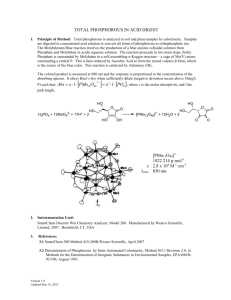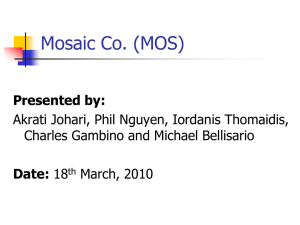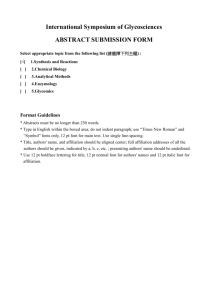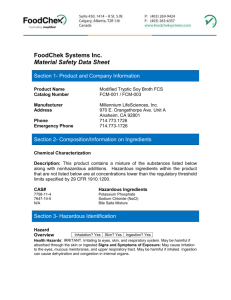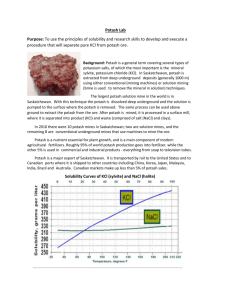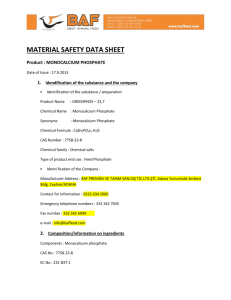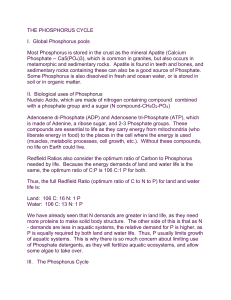Vegan Fertilizer - Don`t Tread On Me
advertisement
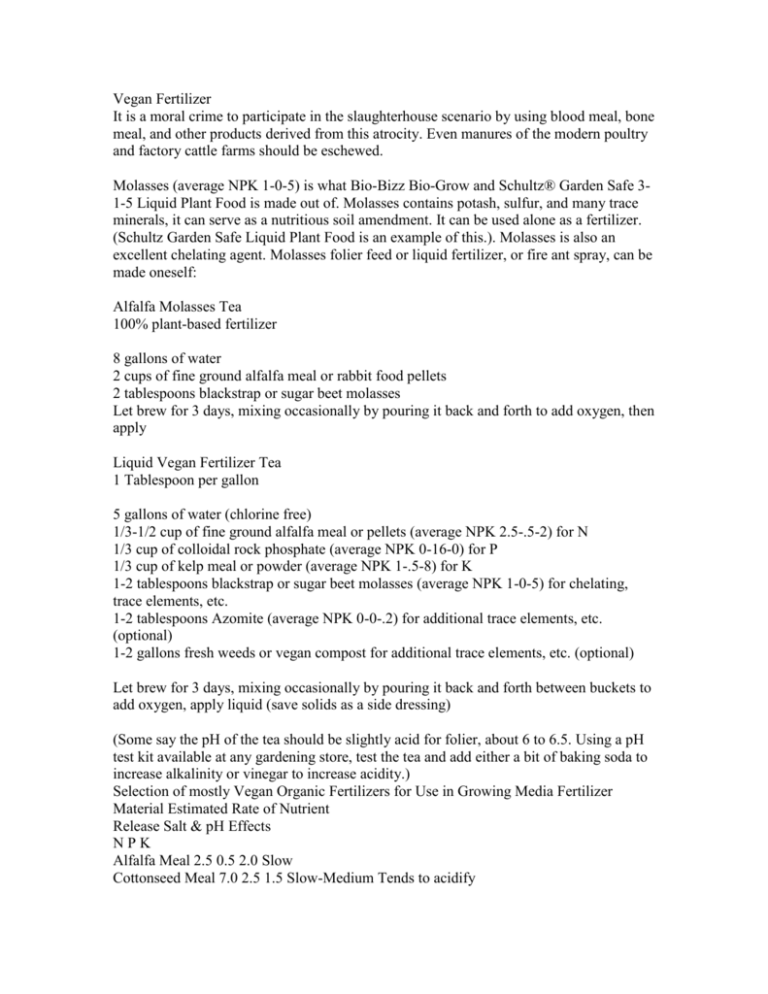
Vegan Fertilizer It is a moral crime to participate in the slaughterhouse scenario by using blood meal, bone meal, and other products derived from this atrocity. Even manures of the modern poultry and factory cattle farms should be eschewed. Molasses (average NPK 1-0-5) is what Bio-Bizz Bio-Grow and Schultz® Garden Safe 31-5 Liquid Plant Food is made out of. Molasses contains potash, sulfur, and many trace minerals, it can serve as a nutritious soil amendment. It can be used alone as a fertilizer. (Schultz Garden Safe Liquid Plant Food is an example of this.). Molasses is also an excellent chelating agent. Molasses folier feed or liquid fertilizer, or fire ant spray, can be made oneself: Alfalfa Molasses Tea 100% plant-based fertilizer 8 gallons of water 2 cups of fine ground alfalfa meal or rabbit food pellets 2 tablespoons blackstrap or sugar beet molasses Let brew for 3 days, mixing occasionally by pouring it back and forth to add oxygen, then apply Liquid Vegan Fertilizer Tea 1 Tablespoon per gallon 5 gallons of water (chlorine free) 1/3-1/2 cup of fine ground alfalfa meal or pellets (average NPK 2.5-.5-2) for N 1/3 cup of colloidal rock phosphate (average NPK 0-16-0) for P 1/3 cup of kelp meal or powder (average NPK 1-.5-8) for K 1-2 tablespoons blackstrap or sugar beet molasses (average NPK 1-0-5) for chelating, trace elements, etc. 1-2 tablespoons Azomite (average NPK 0-0-.2) for additional trace elements, etc. (optional) 1-2 gallons fresh weeds or vegan compost for additional trace elements, etc. (optional) Let brew for 3 days, mixing occasionally by pouring it back and forth between buckets to add oxygen, apply liquid (save solids as a side dressing) (Some say the pH of the tea should be slightly acid for folier, about 6 to 6.5. Using a pH test kit available at any gardening store, test the tea and add either a bit of baking soda to increase alkalinity or vinegar to increase acidity.) Selection of mostly Vegan Organic Fertilizers for Use in Growing Media Fertilizer Material Estimated Rate of Nutrient Release Salt & pH Effects NPK Alfalfa Meal 2.5 0.5 2.0 Slow Cottonseed Meal 7.0 2.5 1.5 Slow-Medium Tends to acidify Granite Meal 0.0 0.0 4.5 Very Slow Greensand 0.0 1.5 5.0 Very Slow Bat Guano 5.5 8.6 1.5 Medium Seabird Guano 12.3 11.0 2.5 Medium Kelp Meal 1.0 0.5 8.0 Slow Possibly high-salt Colloidal Phosphate 0.0 16.0 0.0 Slow-Mediumc Rock Phosphate 0.0 18.0 0.0 Very Slow-Slowc Soybean Meal 6.5 1.5 2.4 Slow-Medium Wood Ash 0.0 1.5 5.0 Fast Very alkaline, salts Worm Castings 1.5 2.5 1.3 Medium (a) Information in the table has been adapted primarily from Penhallegon, Ross. 1992. Organic fertilizer NPK values compiled. In Good Tilth. January. p. 6.; and Rodale Staff. 1973. Organic Fertilizers: Which Ones and How To Use Them. Rodale Press, Emmaus, PA. p. 50. (b) Cottonseed meal from many sources may be too contaminated by routine pesticide use to be permitted in certified production. Growers should consult their certifiers before using. (c) The availability of phosphorus in different forms of rock phosphate depends on the pH of the mix, biological activity, fineness of grind, and the chemical composition of the source rock. Precise performance is not easy to predict. Plant by-products Alfalfa meal (or pellets) contains around 3% nitrogen and is commonly used as an animal feed. It is an excellent fertilizer material in horticulture, and is said to contain unknown growth factors which make its mineral content more effective as plant nutrients. Cottonseed meal is a rich source of nitrogen (7%). Unfortunately, a substantial percentage of the insecticides used in the U.S. are applied to cotton, and some of these tend to leave residues in the seeds. Most organic certification programs restrict or prohibit the use of cottonseed meal. Fruit pomaces are what remain after the juice is extracted. They are heavy, wet products normally available only locally, and best composted before use. Leaf compost is increasingly available as more and more municipalities compost urban and suburban leaves. In principle, the product is a good one, but it is often contaminated with "impurities" ranging from transmission fluid to trash bags. Soybean meal is, like alfalfa, most commonly used as a protein supplement for animal feeds. With about 7% nitrogen it can be a useful, but expensive, fertilizer material. Wood ash contains about 2% phosphate and 6% potash, but may be contaminated with heavy metals or plastic and typically has a high salt content. Wood ash is rather alkaline, and excessive use can be quite damaging to many soils. Some organic programs restrict its use. Phosphate sources Colloidal phosphate consists of clay particles surrounded by natural phosphate. Total phosphate is around 20% and "available" phosphate about 2-3%. An efficient use of colloidal phosphate is to add it directly to livestock manure in the barn or lot, where the manure acids dissolve much of the total phosphate and the phosphate stabilizes the nitrogen in the manure. Many of the same advantages can be had by adding 20-50 pounds of colloidal phosphate to one ton (two cubic yards) of manure when composting. The ATTRA publication Farm-scale Composting Resource List directs the reader to many useful resources on composting. When direct land application of rock phosphate is the only possibility, spreading rates between 500 and 2,000 pounds per acre are appropriate, depending on phosphorus status, soil acidity, and finances. Rock phosphates are usually derived from ancient marine deposits. They have a different composition than collodial phosphate, generally making them less available. Total phosphate is around 30% and available phosphate 1-2%. They are best used in the same manner as colloidal phosphate, and it is worth paying for several tests to determine how effectively this phosphate moves into manure and soil. It may or may not be a better buy than colloidal, depending greatly on conditions and circumstances. Hard-rock phosphates are usually derived from igneous volcanic deposits and consist almost totally of the mineral apatite. Although apatite contains about 40% total phosphate, because of the mineral's composition, this phosphate is largely unavailable. In most circumstances it is not a good buy, but in some situations is the ideal product; again, trial and observation are the keys to a wise purchase. Potassium from rock and mineral powders Alternative potash (potassium) sources are similar to alternative phosphates in that there are a variety of sources, with differing availability and fertility value. As with phosphate, there is a difference between available potash and total potash; similarly, there is a difference between pure potassium and potash, with the potash number being 1.2 times higher than potassium for the same amount of nutrient. Two sources of potash, potassium sulfate and potassium magnesium sulfate (langbeinite), are commonly enough used in conventional agriculture that they can hardly be considered alternative, save for the fact that both are regularly used in certified organic agriculture. There are two forms of potassium sulfate on the market. One is derived by reacting sulfuric acid with potassium chloride. It is a good fertilizer, but not acceptable in certified organic production. Natural potassium sulfate, from Great Salt Lake, is extracted by a differential evaporation process lasting three years. It can be used in organic farming. Langbeinite goes from mine to field with minimal processing. Sulpomag® and K-Mag® are two brand names for langbeinite. The salt content and solubility of potassium-bearing sulfates dictate well-considered use, but their high potash content (22% for langbeinite and 50% for potassium sulfate) does allow for good plant response from relatively modest application rates. Although soluble salts, these products are considerably less salty and less soluble than either kainite (a mixture of potassium sulfates and common salt) or muriate of potash, the most common conventional potassium fertilizer. Granite dust is often sold as a "slowly available" potash source for organic production. Total potash contents in granite dust typically vary from 1 to 5%, depending on overall mineral composition of the rock, but granite is mostly feldspar, a mineral with low solubility. Therefore, little potash fertility is derived from this material. Another source of slowly available potash, popular in alternative agriculture, is the claytype mineral, glauconite, commonly sold as greensand. Total potash content of greensand is around 7%, all of which is deeply locked into the mineral and only slowly available. Greensand is also said to have desirable effects on soil structure. Its high price, however, limits its use solely to high-value horticultural applications. Feldspar is one of the major potassium-bearing minerals of granite. Feldspar powder is fairly easily obtained through the ceramics trade. Unfortunately, most feldspar potash is as tightly bound within its mineral structure as is the potash in greensand. Unless particular circumstances provide a clear indication that feldspar is the most appropriate source of potash, it is proabably not cost-effective. Basalt dust, if available at a reasonable cost, can provide a wide range of trace minerals to agricultural systems over a period of several years; as with most rock powders, transportation costs are a major factor in determining cost- effectiveness. Most of the rich volcanic soils of the world are derived from basalt, which gives some indication of basalt's agronomic value, and even when too expensive for land application, basalt dust can benefit farm systems when mixed with manure in the composting process.


